S. KOREA REPORTS 54,122 CASES
입력 2022.02.10 (15:04)
수정 2022.02.10 (16:47)
읽어주기 기능은 크롬기반의
브라우저에서만 사용하실 수 있습니다.
[Anchor Lead]
Korea’s new daily COVID-19 cases skyrocketed to more than 50,000 as of midnight of Thursday. Authorities announced an emergency plan for medical institutions so that their essential functions can be maintained ahead of possible hospital bed shortages and medical service unavailability. Here’s a look at the plan.
[Pkg]
So far, COVID-19 patients have been quarantined and treated at hospitals equipped with negative pressure chambers. But this protocol may vary by hospital. Authorities announced a set of work continuity guidelines to prevent overloading the medical system. When the daily tally exceeds 50,000 and several medical professionals in a hospital become isolated, COVID-19 patients can be admitted to the general wards, instead of negative pressure chambers. However, they should not come across non-COVID-19 patients. Even general outpatient services can be provided remotely if a doctor deems it necessary. This measure is meant to prevent people from becoming infected when they come to a hospital.
[Soundbite] Park Hyang(Central Disaster Management HQs) : "A hospital can establish its own medical staff quarantine plan. But it can be modified depending on the number of cases or the gravity of the situation."
Even hospital staff members who have been diagnosed with COVID or have come in close contact with COVID patients will be allowed to keep working to prevent a possible paralysis of the medical system ensuing from their absence. Infected medical staff members are allowed to work if they’re fully vaccinated, asymptomatic or have mild symptoms, and tested negative in the rapid antigen test after a three-day isolation.
[Soundbite] Lee Wang-jun(COVID-19 Emergency Response HQs, Korean Hospital Assn.) : "The key issue is preventing the paralysis of hospital services. Hospital staff members can become infected and cause a vacuum in medical service."
Personal protection equipment for medical professionals in charge of COVID-19 patients has been simplified to include only masks, gloves, waterproof gowns, and face shields.
Korea’s new daily COVID-19 cases skyrocketed to more than 50,000 as of midnight of Thursday. Authorities announced an emergency plan for medical institutions so that their essential functions can be maintained ahead of possible hospital bed shortages and medical service unavailability. Here’s a look at the plan.
[Pkg]
So far, COVID-19 patients have been quarantined and treated at hospitals equipped with negative pressure chambers. But this protocol may vary by hospital. Authorities announced a set of work continuity guidelines to prevent overloading the medical system. When the daily tally exceeds 50,000 and several medical professionals in a hospital become isolated, COVID-19 patients can be admitted to the general wards, instead of negative pressure chambers. However, they should not come across non-COVID-19 patients. Even general outpatient services can be provided remotely if a doctor deems it necessary. This measure is meant to prevent people from becoming infected when they come to a hospital.
[Soundbite] Park Hyang(Central Disaster Management HQs) : "A hospital can establish its own medical staff quarantine plan. But it can be modified depending on the number of cases or the gravity of the situation."
Even hospital staff members who have been diagnosed with COVID or have come in close contact with COVID patients will be allowed to keep working to prevent a possible paralysis of the medical system ensuing from their absence. Infected medical staff members are allowed to work if they’re fully vaccinated, asymptomatic or have mild symptoms, and tested negative in the rapid antigen test after a three-day isolation.
[Soundbite] Lee Wang-jun(COVID-19 Emergency Response HQs, Korean Hospital Assn.) : "The key issue is preventing the paralysis of hospital services. Hospital staff members can become infected and cause a vacuum in medical service."
Personal protection equipment for medical professionals in charge of COVID-19 patients has been simplified to include only masks, gloves, waterproof gowns, and face shields.
■ 제보하기
▷ 카카오톡 : 'KBS제보' 검색, 채널 추가
▷ 전화 : 02-781-1234, 4444
▷ 이메일 : kbs1234@kbs.co.kr
▷ 유튜브, 네이버, 카카오에서도 KBS뉴스를 구독해주세요!
- S. KOREA REPORTS 54,122 CASES
-
- 입력 2022-02-10 15:04:23
- 수정2022-02-10 16:47:27
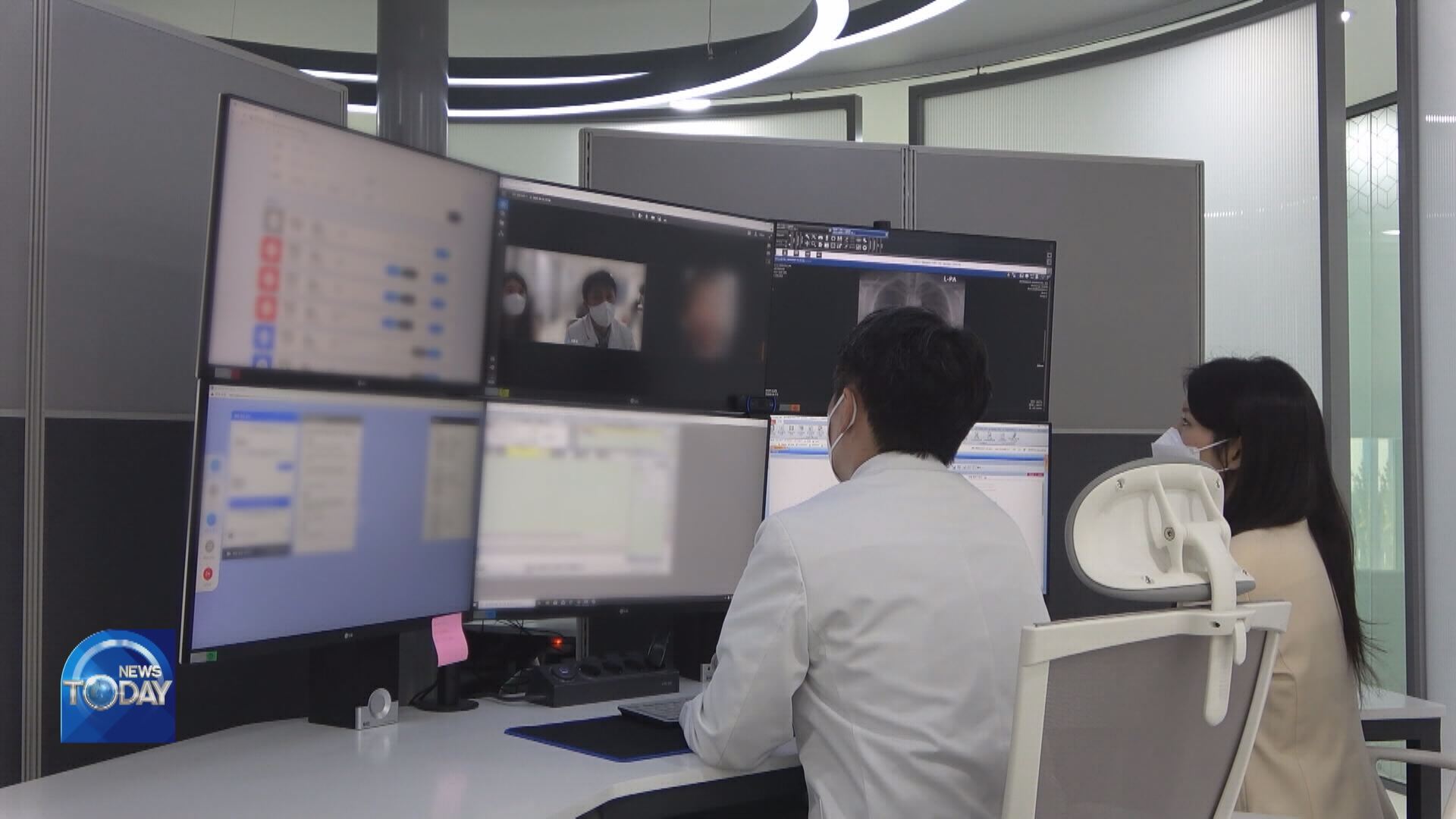
[Anchor Lead]
Korea’s new daily COVID-19 cases skyrocketed to more than 50,000 as of midnight of Thursday. Authorities announced an emergency plan for medical institutions so that their essential functions can be maintained ahead of possible hospital bed shortages and medical service unavailability. Here’s a look at the plan.
[Pkg]
So far, COVID-19 patients have been quarantined and treated at hospitals equipped with negative pressure chambers. But this protocol may vary by hospital. Authorities announced a set of work continuity guidelines to prevent overloading the medical system. When the daily tally exceeds 50,000 and several medical professionals in a hospital become isolated, COVID-19 patients can be admitted to the general wards, instead of negative pressure chambers. However, they should not come across non-COVID-19 patients. Even general outpatient services can be provided remotely if a doctor deems it necessary. This measure is meant to prevent people from becoming infected when they come to a hospital.
[Soundbite] Park Hyang(Central Disaster Management HQs) : "A hospital can establish its own medical staff quarantine plan. But it can be modified depending on the number of cases or the gravity of the situation."
Even hospital staff members who have been diagnosed with COVID or have come in close contact with COVID patients will be allowed to keep working to prevent a possible paralysis of the medical system ensuing from their absence. Infected medical staff members are allowed to work if they’re fully vaccinated, asymptomatic or have mild symptoms, and tested negative in the rapid antigen test after a three-day isolation.
[Soundbite] Lee Wang-jun(COVID-19 Emergency Response HQs, Korean Hospital Assn.) : "The key issue is preventing the paralysis of hospital services. Hospital staff members can become infected and cause a vacuum in medical service."
Personal protection equipment for medical professionals in charge of COVID-19 patients has been simplified to include only masks, gloves, waterproof gowns, and face shields.
Korea’s new daily COVID-19 cases skyrocketed to more than 50,000 as of midnight of Thursday. Authorities announced an emergency plan for medical institutions so that their essential functions can be maintained ahead of possible hospital bed shortages and medical service unavailability. Here’s a look at the plan.
[Pkg]
So far, COVID-19 patients have been quarantined and treated at hospitals equipped with negative pressure chambers. But this protocol may vary by hospital. Authorities announced a set of work continuity guidelines to prevent overloading the medical system. When the daily tally exceeds 50,000 and several medical professionals in a hospital become isolated, COVID-19 patients can be admitted to the general wards, instead of negative pressure chambers. However, they should not come across non-COVID-19 patients. Even general outpatient services can be provided remotely if a doctor deems it necessary. This measure is meant to prevent people from becoming infected when they come to a hospital.
[Soundbite] Park Hyang(Central Disaster Management HQs) : "A hospital can establish its own medical staff quarantine plan. But it can be modified depending on the number of cases or the gravity of the situation."
Even hospital staff members who have been diagnosed with COVID or have come in close contact with COVID patients will be allowed to keep working to prevent a possible paralysis of the medical system ensuing from their absence. Infected medical staff members are allowed to work if they’re fully vaccinated, asymptomatic or have mild symptoms, and tested negative in the rapid antigen test after a three-day isolation.
[Soundbite] Lee Wang-jun(COVID-19 Emergency Response HQs, Korean Hospital Assn.) : "The key issue is preventing the paralysis of hospital services. Hospital staff members can become infected and cause a vacuum in medical service."
Personal protection equipment for medical professionals in charge of COVID-19 patients has been simplified to include only masks, gloves, waterproof gowns, and face shields.
이 기사가 좋으셨다면
-
좋아요
0
-
응원해요
0
-
후속 원해요
0










![[HEADLINE]](https://news.kbs.co.kr/data/news/title_image/newsmp4/news_today/2022/02/10/10_5391922.jpeg)
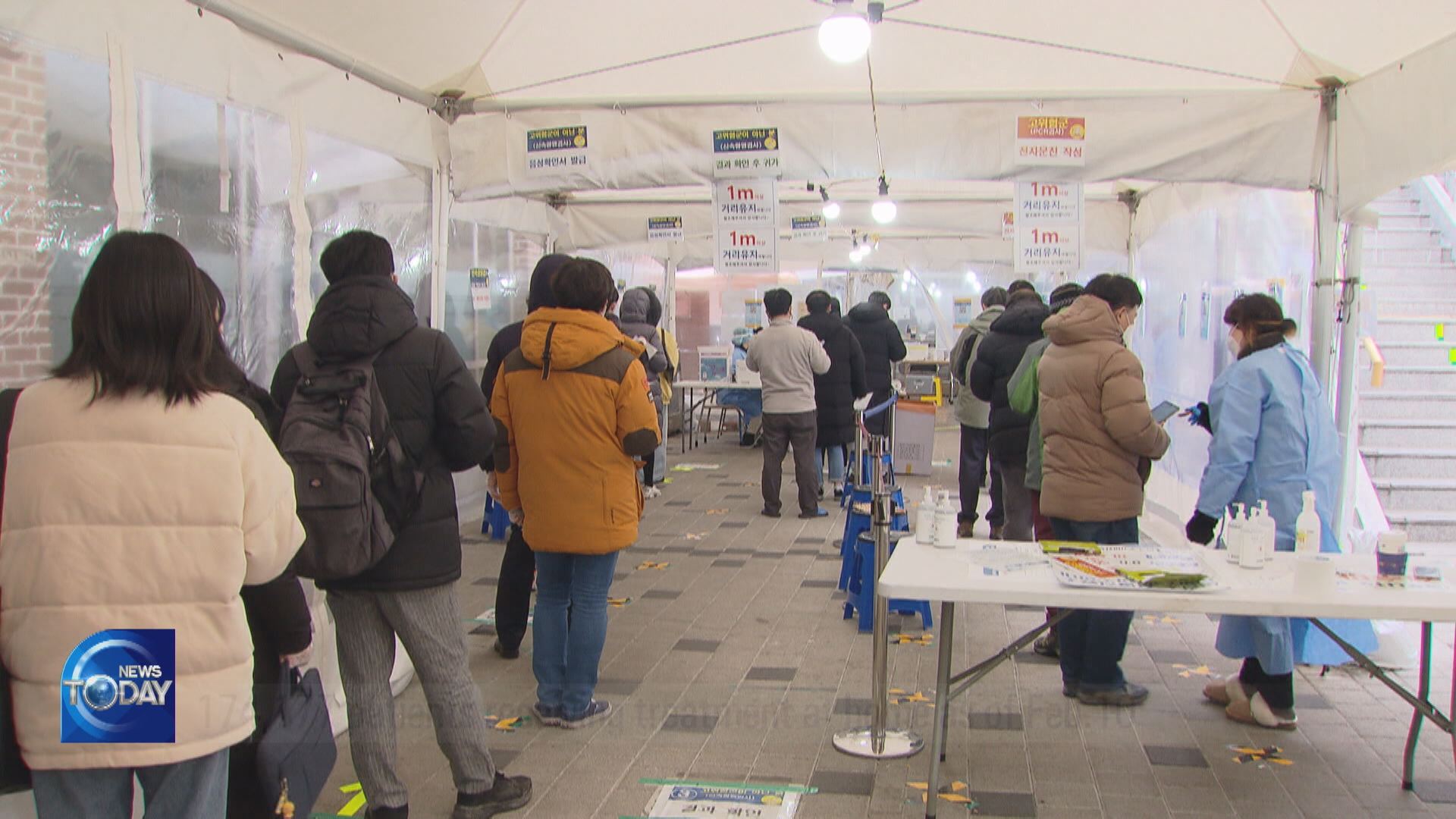

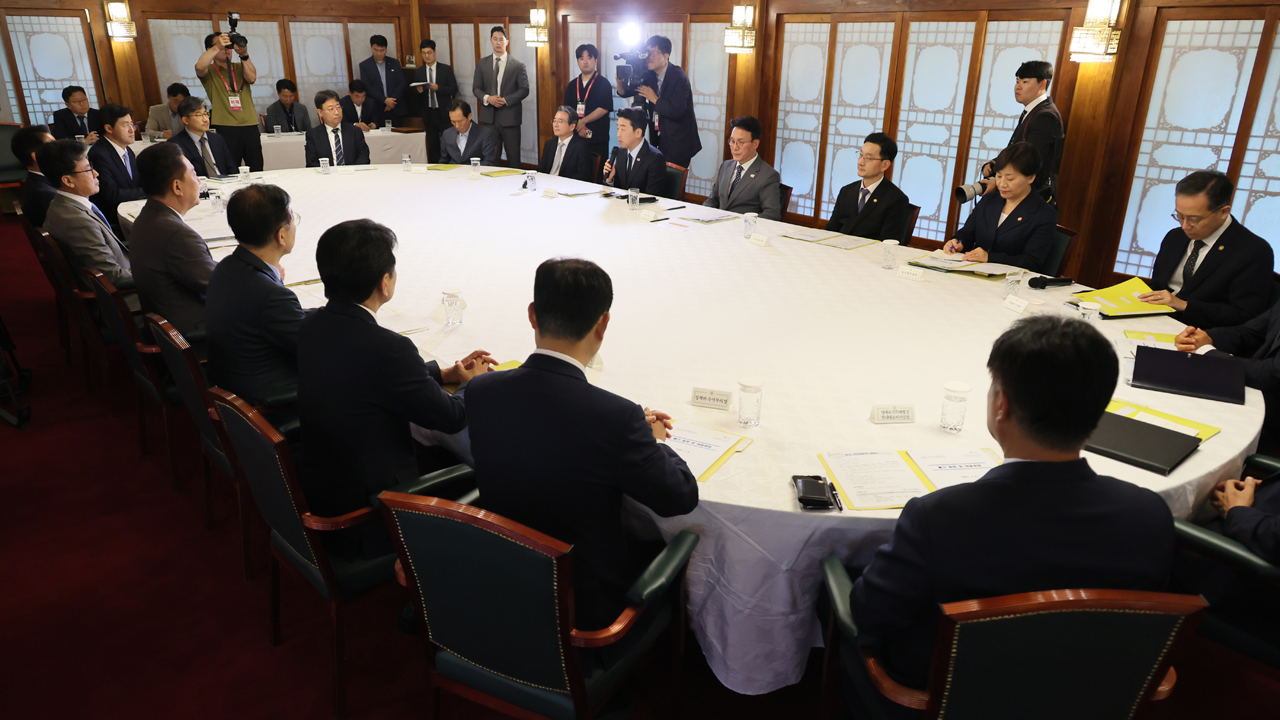
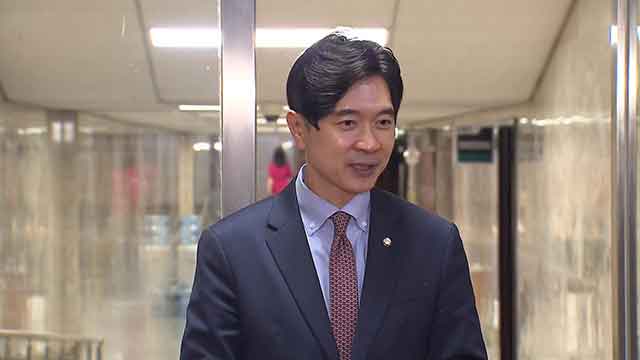
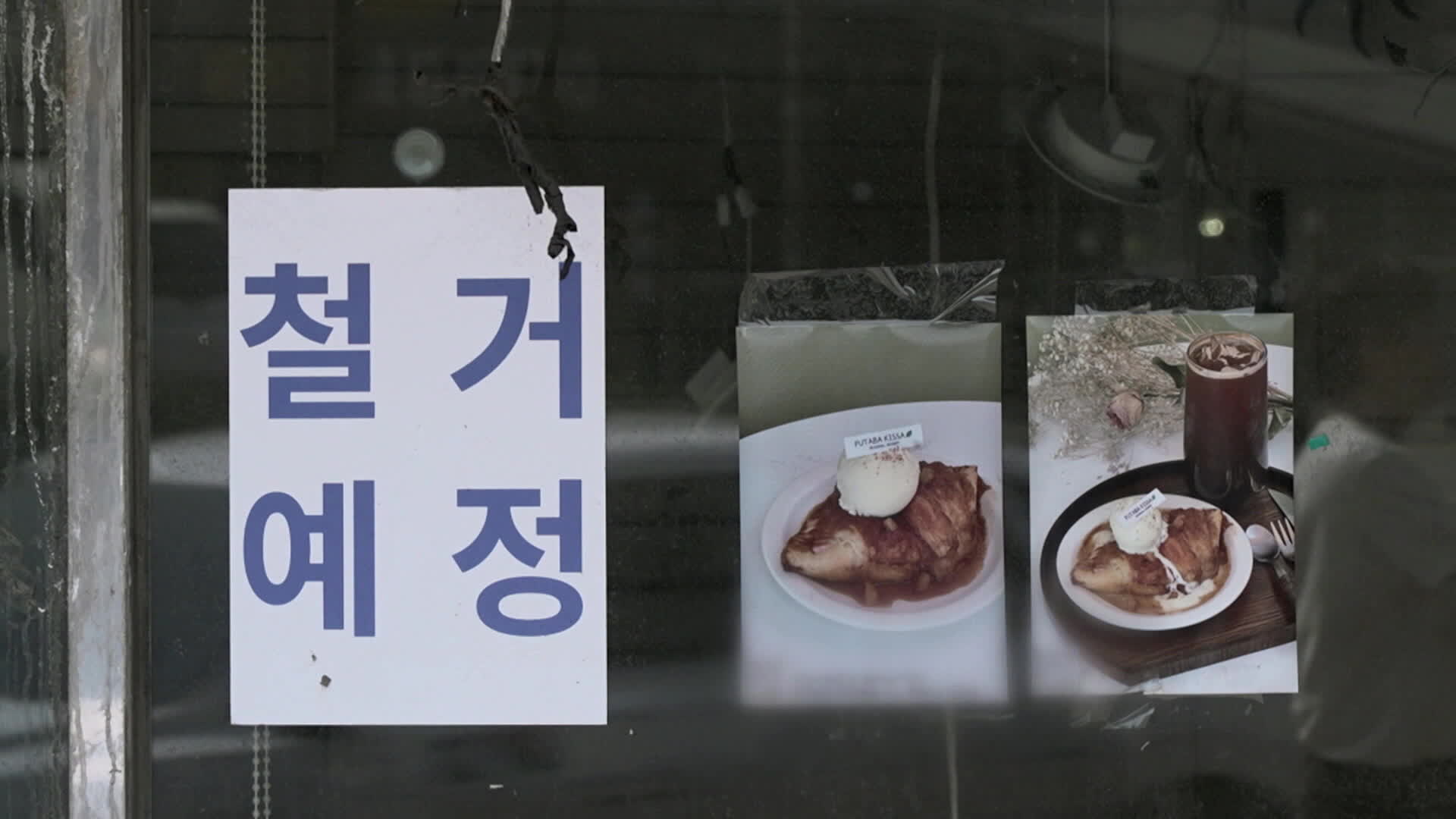

이 기사에 대한 의견을 남겨주세요.